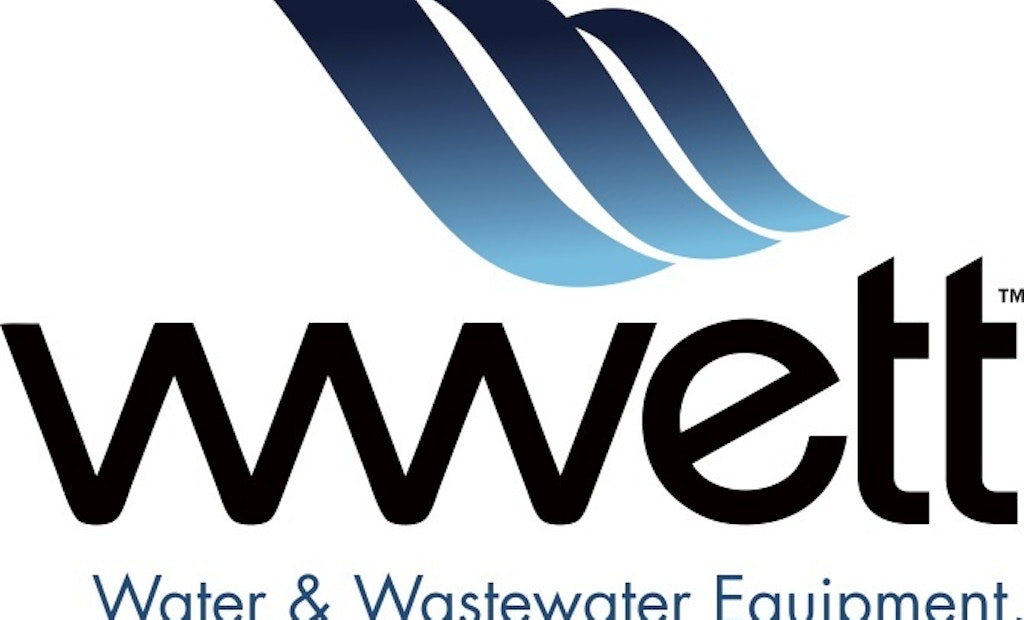Interested in WWETT Show?
Get WWETT Show articles, news and videos right in your inbox! Sign up now.
WWETT Show + Get AlertsCOLE Publishing recently interviewed Dr. Adrianus Vlugman, a featured speaker at this year’s Water & Wastewater Equipment, Treatment & Transportation (WWETT) Show, which will be held Feb. 23-26 at the Indiana Convention Center in Indianapolis. Vlugman is a senior advisor on water, sanitation and environmental health at the World Health Organization, and on Thursday, Feb. 26 at 1 p.m., he will speak about the transfer of communicable disease in water and wastewater. There is no admission fee, but space is limited. Please RSVP online at wwettshow.com/WHO.
Here are some excerpts from the interview and a glimpse into his upcoming presentation.
“Personal health, public health and the health of the environment are a reflection of how we manage these cycles. The water cycle is a prime example — water is reused over and over, because water is an excellent solvent and medium to transport waste. With basic and simple interventions, one can gain great achievements for the betterment of quality of life, especially health. That’s what I am passionate about,” Vlugman states.
 Could you provide a global perspective on the scope of disease transfer by way of water and wastewater?
Could you provide a global perspective on the scope of disease transfer by way of water and wastewater?
Many communicable diseases can be spread through water and wastewater, either via the fecal-oral route, via wash water through the skin or eyes, or via water-related insects breeding in or biting near water.
It is estimated that around the world, about 4 percent of all deaths and nearly 6 percent of disability-adjusted life years (DALY), which are considered one lost year of healthy life, are related to poor drinking water, sanitation and hygiene. These figures are highest in Africa and southeast Asia and lowest in Europe.
WHO reports that in 2012, about 600,000 children died from diarrheal diseases, which are strongly associated with poor water, inadequate sanitation and poor personal hygiene.
In 2012, nearly 1 billion people lacked access to safe drinking water, while 2.5 billion people lacked access to improved sanitation. One billion people practiced open defecation.
Looking at the developed world — and specifically North America — how would you describe the scope of communicable disease spread by water or wastewater?
The introduction of piped water supply and flushing toilets in the 19th and 20th centuries along with regular hand washing resulted in huge improvements in public health, life expectancy and reduction in child mortality.
Improvements in water supply, sanitation and hygiene behavior have now also been achieved in developing countries, where 2.3 billion people gained access to improved drinking water between 1990 and 2012. Also, here we now see a steep reduction in communicable diseases and improvements in public health.
Water is a very effective and efficient medium to transport waste from our homes, skin and industries. And therefore good and safe water supply, sanitation and wastewater management have become an integral part of public health and primary, or preventive, health care. The word sanitation is derived from the Latin word "sanitas," which means health. All professionals in the water and wastewater industry are therefore primary health care workers in preventing communicable diseases.
For those who handle wastewater, how would you characterize the risk of pathogen exposure? Do you see a need to improve workers protection?
By nature of their work, [those who handle wastewater] have increased potential to come in contact with these pathogens.
Reports indicate this occupational group is at greater risk for gastrointestinal and respiratory illnesses and skin disorders than their counterparts with other occupations. Some studies indicate an increased chance of acquiring occupational Hepatitis A.
We should realize there is a difference between risk and chance. Risk is not only the probability of getting a disease, but the combination of the chance of becoming infected plus the effects of that illness on your well-being and business — lost working days, reduced performance, loss of revenue and disability-adjusted life years (DALY).
When I bet $100 at the roulette table in Las Vegas on No. 13, I have a 1 in 37 chance of winning. Although the probability to lose $100 is 97 percent (36 out of 37), which is very high, the risk to my well-being is actually very small because I would be able to continue living comfortably after the loss. However, if I gambled my whole estate on No. 13, I would be destitute after the loss, and the risk would thus be enormous. Betting on any other number, even betting on the right number, would not have reduced this risk.
Thus, to reduce the effects of risk of disease … we can reduce the possibility of exposure to pathogens and reduce the effect of disease on the body. Several measures can be taken:
- Operators can avoid possible contact with sewage, droplets, splashes and aerosols by using appropriate personal protective equipment, especially to protect broken skin and mucous membranes — eyes, nose, mouth.
- Some diseases can be prevented by vaccination, so certain vaccinations are recommended for workers. Also, being healthy improves the natural immunity of the body to fight disease and thus the extent and severity of the symptoms.
- And of course increasing awareness and training in these aspects is important.
Concern arose about Ebola in the U.S. after a few patients were treated here. Wastewater workers expressed concern about whether they could contract Ebola through exposure to sewage. What would you say to them about the seriousness of that risk?
There is no evidence to date that Ebola can be transmitted via exposure to sewage. But absence of evidence is no evidence of absence. The above-mentioned research will answer this question, but until then it is impossible to quantify the occupational risk of contracting Ebola from wastewater. Basic risk assessment strategies require prudency and to err on the side of caution. Assuming some viable viruses could arrive at the sewer plant, infection would only be possible through direct contact of the virus with mucous membranes and through cuts and wounds.
By practicing adequate personal hygiene and using PPE, following WHO and CDC guidelines when working with untreated sewage, wastewater workers will prevent exposure to not only Ebola but also other pathogens.






